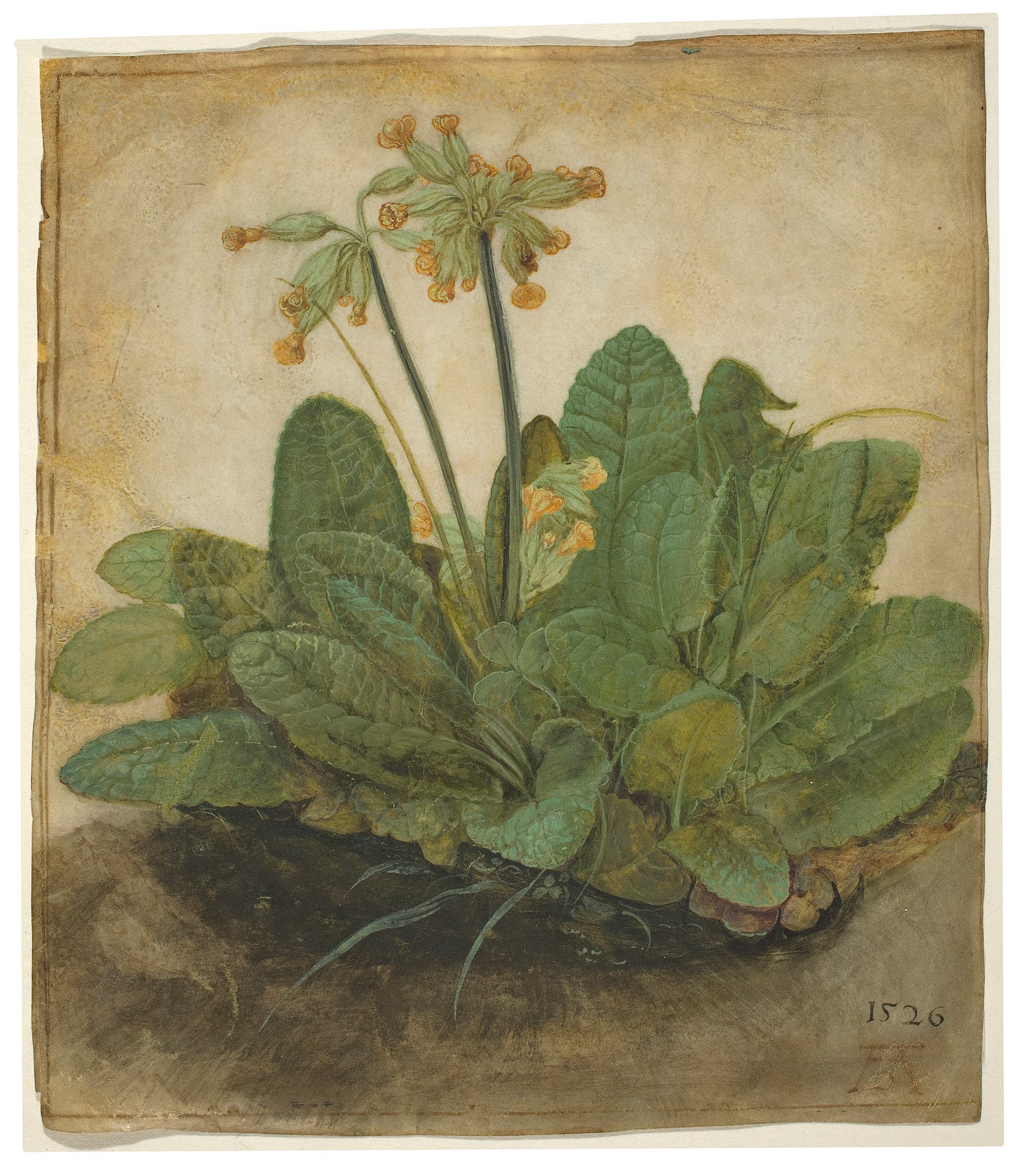We recently spent a week visiting my sister (whom I’ll call B), who lives outside of Washington, D.C.. As you would expect, we visited many of the usual D.C. things: the National Mall, the Capitol, the Spy Museum and a subset of the Smithsonian Museums, Mt. Vernon.

I never managed to convince the kids to go to the Archives to see the Declaration of Independence or the Constitution, though. This surprised me a bit: THE revolutionary documents of the 18th century—at least on this side of the Atlantic—who wouldn’t want to see them? B pointed out that it’s a bit of a let-down when you actually see them, encased in their preservative chambers, hard to read. Yes, I said, but at the same time, it seems like a thing one ought to have done at least once: these are the documents that (rooted in the political philosophy of the time) arguably started democracy as we know it.
Why, though? What’s so great about seeing the original thing—whether we’re talking about the Declaration of Independence or a Monet in the National Gallery—when (quite often) you can get at least as good a look by locating pictures on the internet?
Probably there’s more than one (likely Continental) philosopher who’s had a lot to say about this: about the connection between authenticity and meaning that makes us value originals, and about the way museums direct and shape our gaze. If anyone wants to comment about this and let me know what I’m missing, I’m happy to hear it. I’m not familiar with that literature, though, and I want to think about this from my own experience. It will come as no surprise to regular readers that I think this heads toward connection and a sense of “us.”
Let me back up and look at two everyday phenomena that set the stage for the “original thing” discussion. First, we endow objects with significance all the time; sentimental value is real. You could replace my pink rabbit Pete, or my engagement ring, with like (and less beaten up) things, but they wouldn’t be the same. That’s because the value of them isn’t merely in their existence or use, but in their significance. I’ve had things to say about this before.
Second, there’s the “I’m never going to wash this hand again” phenomenon when we’ve shaken hands with someone we admire, or touched something of special significance. I think the idea is that some aura of the person or object rubs off on us and we can make it part of ourselves. It’s magical thinking, but we still do it. There’s something participatory about that sense of connection with what matters to us.
Our own artifacts remind us of our personal experiences and keep us connected to ourselves. Famous artifacts1 remind us of the bigger picture they were a part of—and when that’s a context we still take part in, as, say, the historical heirs of whatever the events were, seeing the real thing up close gives us a vicarious connection to those events that we don’t get from reproductions in textbooks or on the internet. Pieces of the Berlin Wall, the bunk houses of the enslaved, moon rocks, the U.S. Constitution are part of a collective heritage.
Things can have both personal and historical significance, of course. At the National Gallery, they currently have a mind-blowing exhibition of minutely detailed and accurate paintings of tiny beasties, “Little Beasts: Art, Wonder, and the Natural World.” (Seriously, click that link and scroll through the handful of works on the page.)2 The title doesn’t lie. I was astounded by every piece in those galleries. But for me the coolest thing about it was a painting of cowslips by Albrecht Dürer. The drawing is amazing—and enhanced by the fact that Dürer is one of my ancestors. I told Twin B, who was with me at the exhibit, and her face lit up too. We’re connected to a famous person, who made this famous thing that’s right here in front of us!

The Air and Space Museum was less personal to me, but it offered a lot for the imagination. We went to the Steven F. Udvar-Hazy Center—the second location of the museum, a giant hangar near Dulles Airport. The main attraction for us was the Discovery Space Shuttle. We stood in front of it, walked around it. You’re right there—that’s it!—but also separated from it. It’s no longer a working artifact; now it’s a museum object. But because it was a working artifact, it’s full of stories. That thing has been to space. And back. Many times. It’s hard to get my head around what an achievement that is. I wanted to see the inside, to get even a small sense how the object was experienced by its crew.3
The Enola Gay is there too, another thing-itself that’s now a museum piece meant to be seen, not used. Maybe that sort of gaze, where use isn’t an option, enables the imagination and gets us thinking about the human story in the object. The crew of that plane didn’t know if they were on a suicide mission. They had to plan how to get out of there fast enough to survive the blast from the bomb. The plane had (has) that kind of personal significance to some people.
The Enola Gay also has enormous historical significance, of course, and that brings me back to the bigger picture. A lot of things in Washington are “national” things. The city is designed to create national pride, and I have to say it does a good job.4 These are things that belong to The People. Us. The objects—from the original Star-Spangled Banner to the monuments to ruby slippers or Mr. Rogers’ sneakers—are ours, a shared heritage. Connecting with them helps reinforce a sense of a “we,” a collective history that belongs to all of us.
But national pride and shared heritage can get distorted. We flew home on the day of the military parade that (rightly) worried people with echoes of autocratic “patriotism,” though from reports I’ve seen (Kennicott, Guardian, Boot), the Army did a good job of sticking to history and seemingly deliberately not producing that particular flavor of spectacle.
Not everyone agrees that the parade turned out to be harmless, however, and still sees the fact that the parade took place at all—even if it wasn’t the show Trump wanted—as a dangerous sign given the rest of the context, including what’s happening in Los Angeles and the Middle East. Protesters rallied across the country in favor of democracy and “No Kings,” because everyone is aware of the symbolism of this particular parade, even if the event itself didn’t match the intentions of its architects.
The difference between the (intended) parade and the No Kings protests is the difference between the “ours” of possession, domination, and exclusion and the “ours” of connection and belonging.
At times this may be a fine distinction, but it’s an important one. My family’s pilgrimage—the word is a bit strong, but still accurate, I think—to visit our national things helped our children connect to the knowledge and history that is their shared heritage. When reporting the highlights of the trip to both sets of their grandparents, among the first things the kids mentioned was seeing the—the—flag that inspired Francis Scott Key to write “The Star-Spangled Banner.” Bumpy and flawed as it is—and one thing I appreciated on this trip is just how much the flaws are being acknowledged—our history makes us a people, and the capital belongs to all of us.
I suspect a lot of what I’m saying also goes for visiting famous places like the Grand Canyon or Yellowstone, but I’ll just stick to artifacts for now.
I hope they make a replica or something to make this possible someday.
Among the things I learned on this trip is that although Pierre L’Enfant is most credited with the design of the city, it was actually Benjamin Banneker who saved the design when L’Enfant, upset at resistance to some of his plans, burned his drawings. Apparently Banneker was familiar enough with them to reproduce them. This was told to us by more than one tour guide, but I can’t find confirmation in a brief survey of interned articles about either Banneker or L’Enfant.







By the way, I've been to D. C. many times; not once did I feel eager enough to join the crowd to see the Declaration and the Constitution! Perhaps next time.
Yes, there is a Continental philosopher who explored the relationship between an original (thing, image, event, performance, etc.) and its reproduction(s)--Walter Benjamin in his classic essay "The Work of Art in the Age of Mechanical Reproduction." The essay was written at the beginning stages of the increasing popularity of photography, film-making, audio recordings, etc. Benjamin wanted to investigate the philosophical, historical, and political implications of these advancing technologies. There is some controversy surrounding this essay because there are two versions of it each containing a different conclusion, one being more Marxist than the other in that it delves into what Benjamin believed to be the liberatory potential of these technologies. Interestingly, the central concept in Benjamin's analysis is already contained in your essay--"aura."